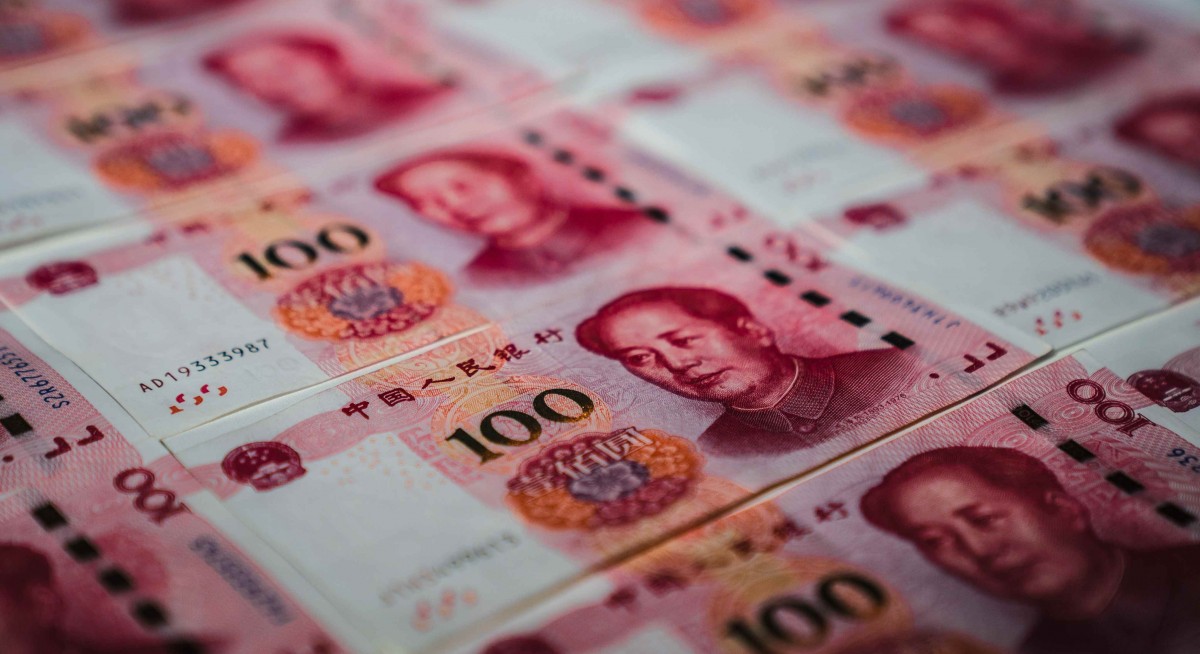“Needless to say, China would be the worst affected,” Aziz wrote.
JPMorgan are penciling in an average effective tariff of 60% on China, up from the current 20%. That could potentially hurt 2025 economic prospects, slowing growth to 3.9% from 4.8% in 2024, the note said.
JPMorgan sees the yuan depreciating by 10%-15% in response to tariffs. However, this is “significantly less than the 28%-30% that could be expected if China’s central bank were to rehearse the 2018-2019 playbook, when it allowed currency depreciation to offset 70% of the rise in US tariffs,” their note said, noting Trump had raised China tariffs to 20% in 2018 from 3%.
Fears of upsetting financial stability would likely restrain authorities from resorting to a bigger depreciation, Aziz added.
See also: Rupee gains as RBI returns to defend currency after slump
The onshore yuan has already declined about 1.4% against the US dollar since Trump secured his second term and traded on Wednesday at 7.25 per dollar, the highest level since July.
This week, Trump vowed to impose 25% tariffs on all imports from Canada and Mexico, and an additional 10% on Chinese goods. Jamieson Greer, whom he named as the US Trade Representative, played a key role in imposing tariffs on China during Trump’s first term.
See also: India’s rupee slumps to new low as RBI steps away from defence
More broadly, JPMorgan forecasts the coming trade shock will slow emerging markets’ growth to 3.4% in 2025, from 4.1% this year. “Manufacturing exporters in EM Asia and Mexico will also be hit — India the least, Malaysia and Vietnam the most,” they predicted.
Their note follows a slew of bearish forecasts on emerging markets, including from Bank of America strategists who warned that investors are underestimating trade war risks under a Trump presidency. They predicted a 5% average depreciation in emerging market currencies over the first half of 2025.
Chart: Bloomberg




